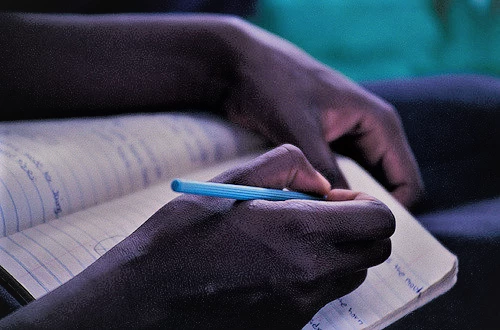
Editor’s note: This is the first installment of a two-part series. You can read part-two here. The findings, interpretations, and conclusions expressed herein are those of the authors and do not necessarily reflect the view of the World Bank Group, its Board of Directors or the governments they represent.
The World Development Report 2017 on Governance and the Law has cast some much welcome attention on the role of law in development. Compared to other sectors, international aid to the justice sector has been relatively low: only 1.8% of total aid flows, compared with 7.4% and 7.5% for the health and education sectors respectively between 2005 and 2013. More than that, the WDR 2017 is commendable for successfully articulating a positive and coherent if cautious view of law’s role.
Gone is the World Bank’s view of the early 1990s that first framed legal reform largely in economic terms (and originally in service of market liberalization under structural adjustment loans then in vogue).[i]
The WDR 2017 marks an important leap forward from the last major WDR on governance and law, the 2002 WDR on Building Institutions for the Market. That analysis offered important glimpses of the need to tailor institutions to context, and to innovate and experiment with institutional design. However, it largely clung to a focus on governance and law in service of effective markets. The WDR 2017 provides a vision of law that falls squarely in the early-21st century. This WDR deftly side-steps perennial conceptual rabbit holes and fits neatly within the WDR’s larger analytic vision of governance that, among other WDR novelties, tackles power head-on as a potential obstacle to reform and achieving change on seemingly intractable challenges.
Since 2011, at Canada’s International Development Research Centre (IDRC), I have bumped my head up against a similar set of questions, in spearheading a new line of research on law and development. True to IDRC’s model of support, the research has been led by local researchers and institutions in the Global South in around 15 countries. Here are a few thoughts on where I think the WDR gets it right, and where it could have pushed the analysis further, given an extra chapter or two on the law.
- Institutions as Empty Shells. The WDRs call on us to look beyond the form of institutions to their function. This insight is validated in powerful ways by an IDRC-supported study on the Rise of the Regulatory State in the Global South which examined experiences of independent regulatory agencies established in several countries, generally as part of privatization efforts under structural adjustment, e.g. related to water, electricity, and telecommunications. The main finding was that the agencies soon became a stage for the types of ongoing contestation the WDR speaks about. That result was in direct contrast to the main goal underlying this institutional form, which was precisely to remain immune from political intrigues. As Navroz Dubash and Bronwen Morgan, the IDRC study’s lead authors concluded, the transplanted regulatory agencies are best characterized as ‘relatively hollow institutional shells’ which are subject to the social and political dynamics in a given place.
- What role for courts? Implicit in the WDR is a call to look beyond courts, the predominant ‘institutional form’ of many legal reform efforts. Often seen as a benchmark for a well-functioning legal system, in reality a large majority of legal disputes in most countries take place (and are resolved) far from courts. True to ‘form,’ courts have played unpredictable roles, in different regions: in some cases as positive forces, helping mediate redistributive clashes and overcome challenges of coordination (e.g. in addressing a large environmental disaster in Argentina) or the power asymmetries that the WDR highlights (e.g., curbing a logic of market liberalization where it unduly compromised the basic rights and access to services of the poor like access to water in Colombia). In other cases, courts have stood as obstacles, a vehicle for capture and clientelism (e.g. environmental and planning disputes in East Africa). Whatever the outcome – which is invariably more complicated and contested than presented – actors adjust their behavior to follow the institutional path they see as most effective, from savvy securities operators in Brazil, to rural community members involved in land disputes in Uganda.
- Intermediaries in the Messy Middle. Many of the valuable insights on how to achieve positive change in law and development arise in a ‘messy middle,’ between well-ordered formal legal and institutional frameworks and, to echo the WDR, “the real experiences of local people.” Within that space, hybrid or semi-formal structures emerge as playing a crucial bridging role, whether in helping raise awareness of groups to claims rights, resolve disputes, or navigate complex public and legal processes. Legal empowerment efforts stand out here whether, for instance, in helping informal settlement dwellers in Nairobi “claim their rights within a complex web of regulatory schemes and decisions applied by an array of governmental actors” or improving indigenous groups’ participation in local development processes in Peru or access to water in Ecuador.


Join the Conversation